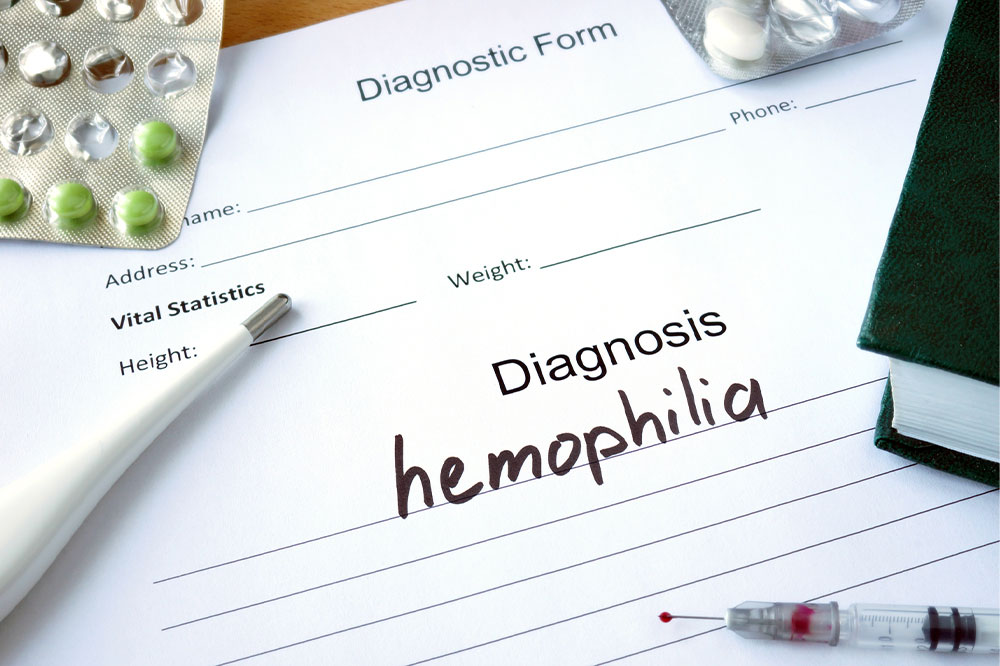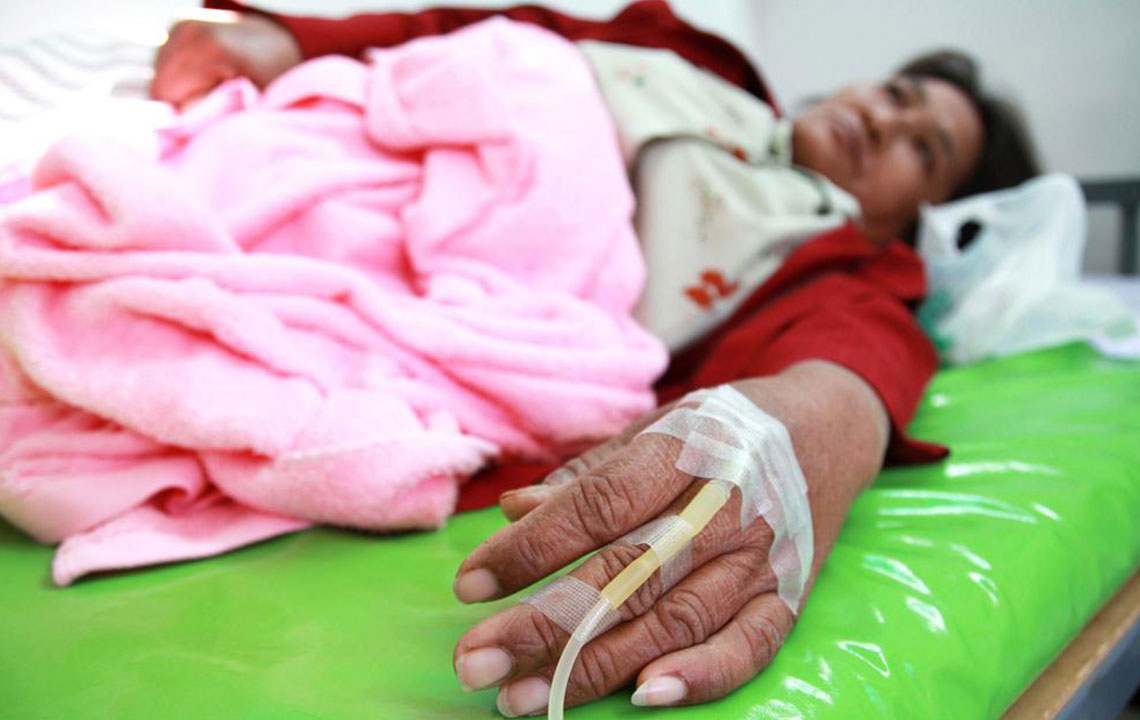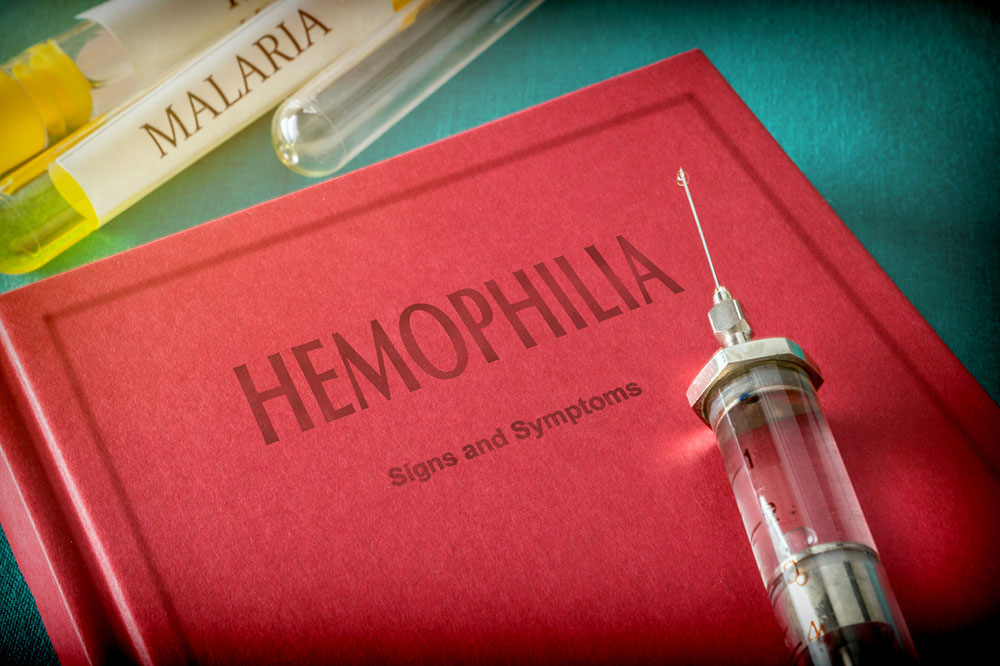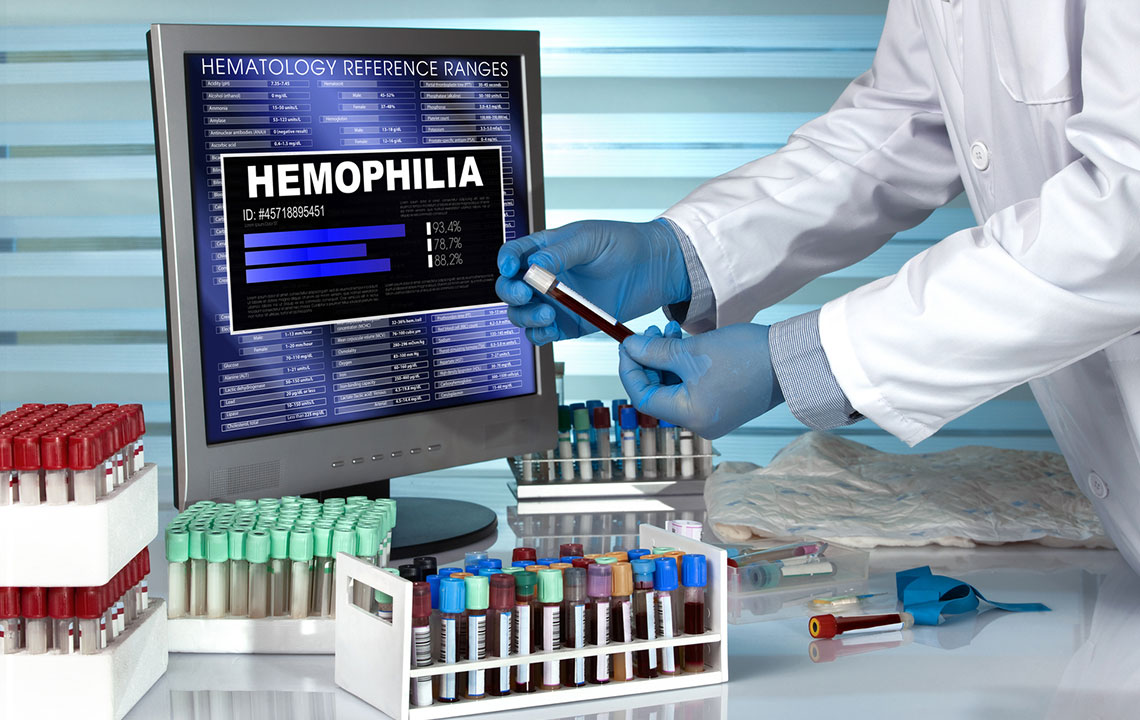A Comprehensive Guide to Understanding Hemophilia
This article provides an in-depth overview of hemophilia, exploring its types, symptoms, causes, potential complications, and available treatment options. It emphasizes the hereditary nature of the disorder and discusses preventive strategies such as genetic counseling and prenatal testing to help at-risk families make informed decisions. Understanding hemophilia's impact is crucial for timely diagnosis and effective management to prevent long-term health issues associated with this serious bleeding condition.
Sponsored

Understanding Hemophilia: Causes, Symptoms, and Treatment
Hemophilia is a hereditary bleeding disorder characterized by the blood's inability to clot properly, resulting in abnormal bleeding episodes. This condition stems from deficiencies in specific clotting proteins known as factors. Individuals with hemophilia often experience prolonged bleeding, internal hemorrhages, and joint swelling or pain due to blood leakage into joints. Though rare, this serious disorder can lead to life-threatening complications. According to the World Federation of Hemophilia, approximately 1 in 10,000 births worldwide are affected by this condition.
Types of Hemophilia
Hemophilia A — The most prevalent form, caused by a deficiency of clotting factor VIII. The NHLBI states that 80% of hemophilia cases are Hemophilia A.
Hemophilia B — Resulting from a lack of factor IX, also known as Christmas disease.
Hemophilia C — A milder genetic form caused by insufficient factor XI; spontaneous bleeding tends to be less severe in this type.
Usually, bleeding events occur after injury or surgery.
Acquired Hemophilia — A rare form that develops later in life due to immune system antibodies attacking clotting factors VIII or IX.
Recognizing Hemophilia Symptoms
The severity of symptoms varies based on clotting factor levels. Mild cases may bleed only after injury, while severe cases can bleed spontaneously, sometimes without apparent cause. In children, symptoms usually appear around age two, including:
Blood in urine or stool
Joint pain and swelling
Bleeding gums and deep bruises
Frequent nosebleeds
Excessive bleeding episodes
Causes of Hemophilia
It is primarily inherited, caused by mutations in genes on the X chromosome. Since most individuals with hemophilia are male, mothers often pass the gene to their sons.
Sometimes, the body develops antibodies against clotting factors, impairing their function.
Rare cases involve spontaneous genetic mutations leading to acquired hemophilia.
Potential Complications
The main risks include joint deterioration from repeated bleeding, internal hemorrhages affecting organs, neurological impairments due to brain bleeding, and increased infection risk from blood transfusions such as hepatitis.Available Treatment Options
Hormonal therapies like Desmopressin can aid in managing Hemophilia A by boosting clotting factor production.
Infusions of clotting factors, either from donors or synthetic recombinant versions, are common for Hemophilia B.
Plasma transfusions may be used in Hemophilia C to control bleeding.
Strategies for Prevention
Since hemophilia is hereditary, genetic counseling can help prospective parents assess risks.
Prenatal testing via IVF allows for early detection, enabling informed decisions about pregnancy.
Preconception and prenatal counseling provide additional insights into managing inherited risks.






